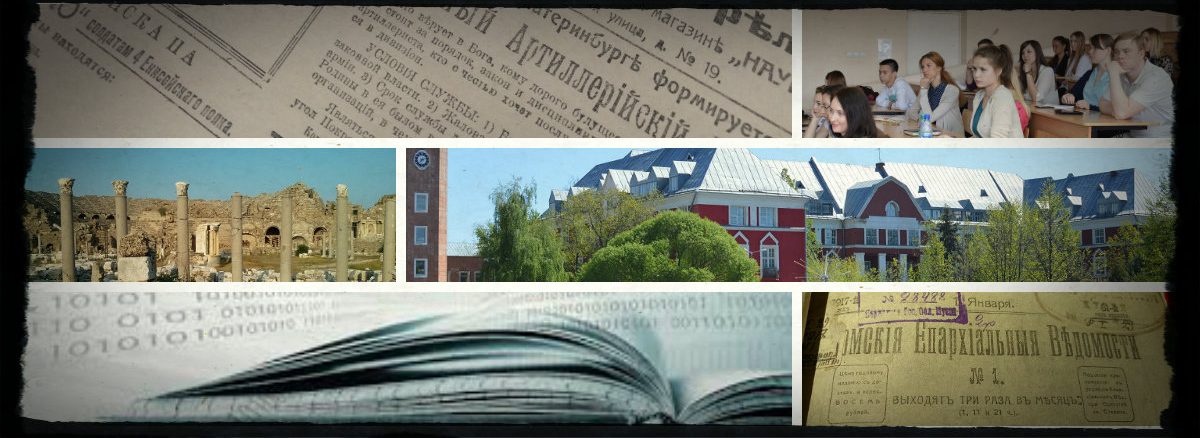Several thousand original and copy photographs; albumen, platinum and silver gelatin prints; 1860s-1920s. The photographs are presented in original archival order: two series, "published" and "unpublished" photographs, exist for each of the fifteen volumes published in the 15-volume series The Pageant of America: A Pictorial History of the United States commemorating the nation's sesquicentennial in 1926.
Collection History
The collection was acquired by gift in 1984-86 from Herbert Brook, an associate and neighbor of Professor Ralph Henry Gabriel, the editor of the series The Pageant of America: A Pictorial History of the United States, published by Yale University Press from 1925-1929. Under Gabriel's general editorship, fifteen thematic volumes addressed exploration, settlement, industry, commerce, politics, and arts and leisure from the 11th to the early 20th century via well-chosen illustrations and long, narrative captions.
An editorial board of distinguished academic specialists, including the Library's Americana curator Victor Hugo Paltsits and historian Arthur M. Schlesinger, endorsed the publication's pioneering method. In turn, the series helped legitimize non-textual documents as scholarly resources and interpretive tools. The Pageant also made scholarship accessible to a popular audience in an engaging, intelligent manner, an approach subsequently employed successfully by other publishers that extends today into the realm of documentary film and public television.
The organization presents a rich if uneven visual history of the United States to the start of the Modern Era; it also provides a window into the early historiography of the field of American history and American studies. The folders of "unpublished" photographs may also represent the residue of editorial selection: a promisingly labeled folder may turn out to contain very little of pictorial value.
Background
Ralph Henry Gabriel (1890-1988), Yale University history professor (and founder and past president of the American Studies Association) was one of the first academic historians to recognize and promote the research value of documentary pictorial materials. He was especially sensitive to their role in interpreting history to an educated general audience. In addition to The Pageant of America, he edited the Library of Congress's Series in American Civilization, served actively in the American Historical Association, and was the author of several high school and college history texts.
For each thematic Pageant series volume, Gabriel and his authors gathered potentially suitable photographs, grouped them topically, selected them, and, chapter by chapter, researched them for publication. Gabriel was enterprising in his quest for images and acquired historical prints as well as contemporary photographs. The original photographic prints consist of original albumen, platinum, and silver gelatin prints ranging from mid-19th century cartes-de-visite portraits and Civil War views to 1920s news agency coverage of post-World War I economic summits and college football. At the high end, they include work by such major photographers as Alexander Gardner, William Henry Jackson, Timothy O'Sullivan, Rudolph Eichmeyer, Edward S. Curtis, and Man Ray.
File prints from commercial photo agencies such as Brown Brothers and from government bureaus such as the U.S. Department of Agriculture and the Army Signal Corps, are also well represented as are prints from the public relations offices of industrial corporations such as Consolidated Edison and International Harvester. Often, gelatin silver copy photographs represent earlier works in notable public and private archives including non-paper formats such as daguerreotypes. (Not surprisingly, the Library was also a source-copy photographs from the Spalding Baseball Collection are numerous.) Many of the prints in the 'published' series bear crop-marks and printer's instructions. However, only a portion of the photographs assembled by Gabriel and his co-authors were actually reproduced in the volumes; the unpublished remainder had been rejected or deleted for inclusion for a variety of reasons, but was not discarded.
When viewed as an entire archive, the published photographic images (visually accessible to researchers via several editions of the printed volumes) are substantially amplified and enriched by photographs that were collected but not selected for reproduction. (A much smaller cache of reproductive and printed pictorial materials in the original archive was transferred into the Picture Collection and the Print Collection.)
Some topics within the unpublished materials simply do not appear in the printed volumes at all. For example, volume 10, American Idealism by Luther A. Weigle (1928), an historian of religion, emphasizes the role of organized religion. However, within the unpublished photographs for that volume reside folders concerning secular Reform Movement subjects treated lightly if at all in the published series, e.g. folders "Child Labor," "Prison Reform," and "Housing Conditions (Tenement)."
Other topics exist in multiple locations within the unpublished materials or are treated in a different published volume altogether; for example, volume 10, American Idealism, has unpublished photograph folders headed "Abolition" and "Slavery," topics actually dealt with in volume 13, Builders of the Republic by Frederic Austin Ogg (1927), and in volume 9, Makers of A New Nation by John Spencer Bassett (1928), which also have corresponding folders on those topics. And, again in volume 10, the "Portraits" folder includes cabinet card portraits of suffragists Susan B. Anthony and Elizabeth Cady Stanton whose cause is entirely absent from that printed volume. (Folders of unpublished "Portraits" exist for nearly all fifteen volumes.)
Gabriel's thematic framework is expressed in the organization of the volume titles, in the published chapter headings, and -- significantly -- in the folder titles of the unpublished photographs. Through the original archival order it is possible to explore and study the deeper workings of the series's evolution. The selection, rejection, and re-assignment of particular themes and topics for which pictures were assembled -- preserved in the collection's arrangement -- welcomes further analysis resulting in a deeper understanding of Gabriel's and his collaborators' perception of American history.
Related Resources
Gabriel, Ralph Henry, ed. The Pageant of America: A Pictorial History of the United States. Independence edition. [1925-29] 15 v.
-6/25/04
Library Division(s)
